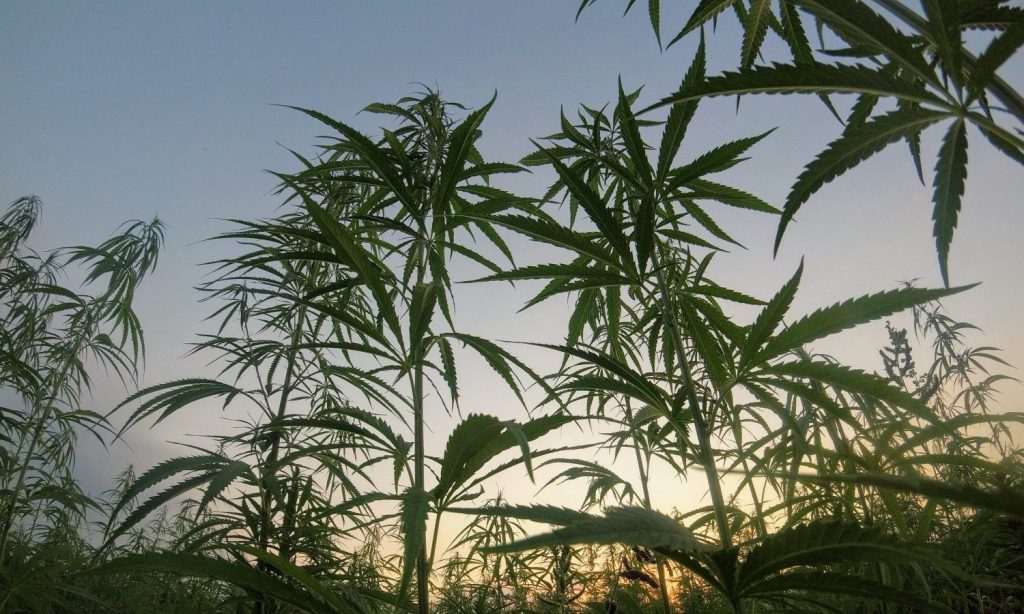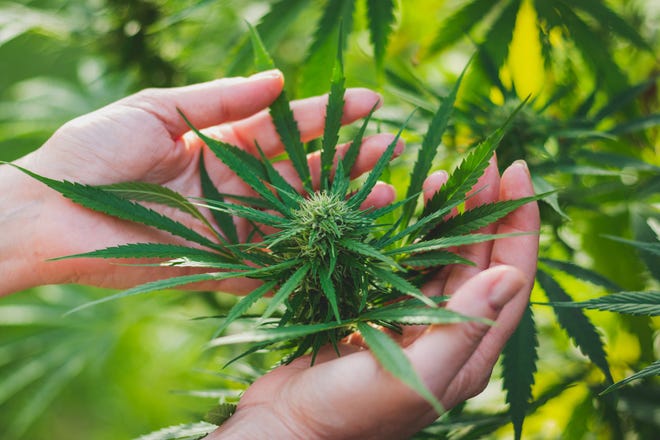The Australian Federal Government’s recently handed down 2021-22 Budget included $1.5 million for a trial exploring personalised medicinal cannabis dosing in cancer patients.
Awarded via the Medical Research Future Fund, Dr Hannah Wardill will lead the CANCAN trial to be carried out at University of Adelaide in South Australia. It will primarily target prevention of common symptoms associated with advanced cancer treatments, which are highly toxic.
“The CANCAN trial will show that targeting gut distress, due to mucosal injury, with medical cannabis will improve patient wellbeing and maintenance of intended dosing,” said Dr. Wardill. “It’s also hoped the personalised CBD and THC preparation will prevent and manage clusters of related side effects of cancer therapy including detrimental effects to sleep, appetite, mood, pain and fatigue.”
Dr. Wardill has been a member of the Multinational Association for Supportive Care in Cancer and the Mucositis Research Group since 2013. She has been awarded the Multinational Association for Supportive Care in Cancer International Young Investigator Award, and is also an Australian Young Achiever and Qiagen Microbiome Award winner.
“This is another important step in our journey to create high quality, consistent, affordable, person-centred, precision cannabis medicines and comes on the back of other recent significant milestones,” said LeafCann.







